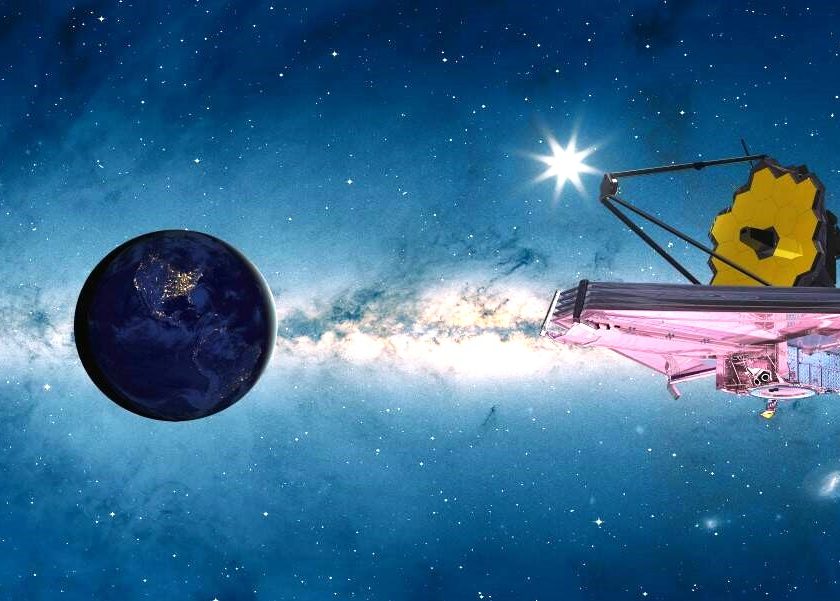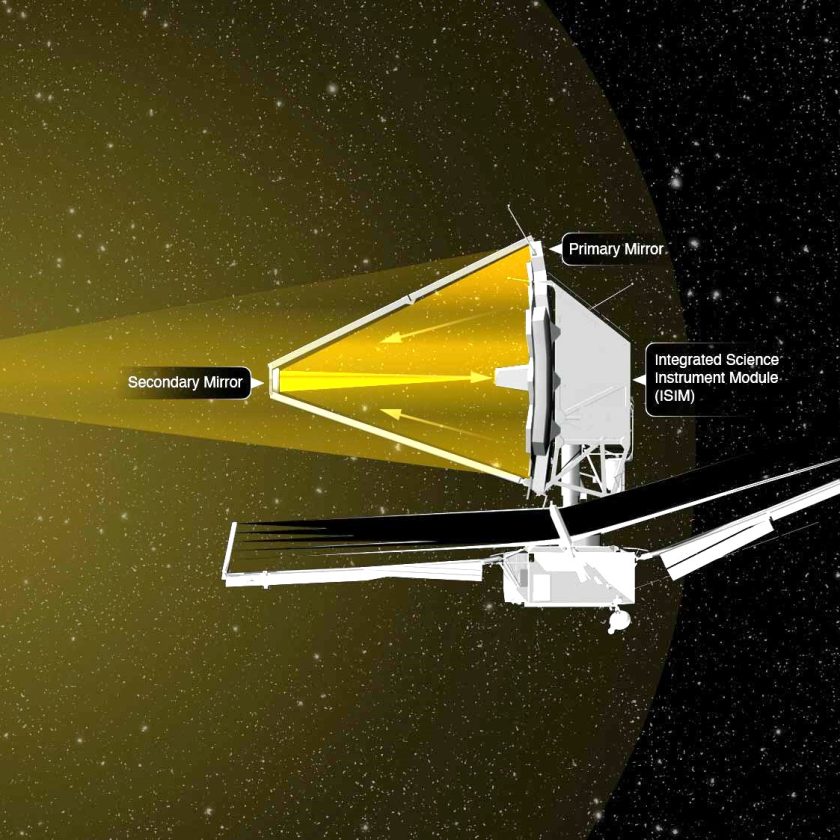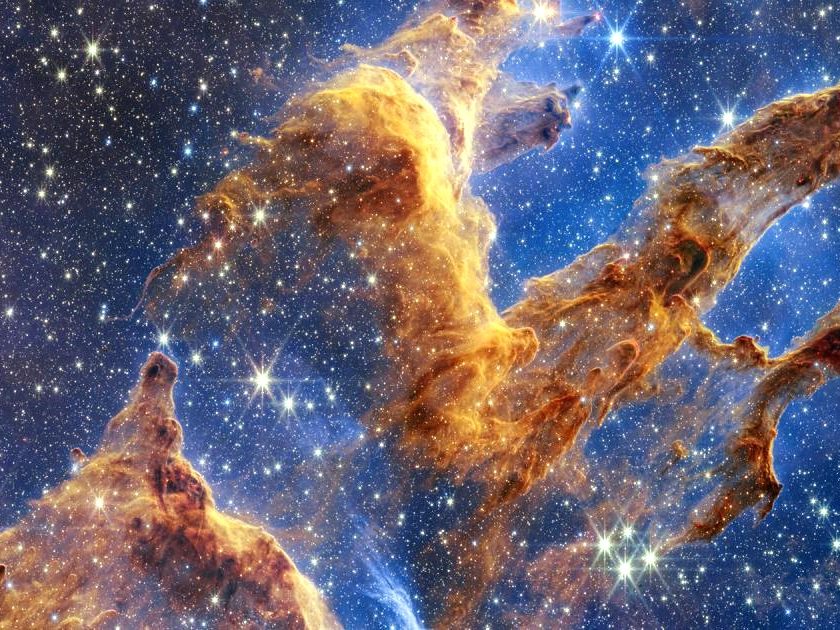The James Webb Space Telescope represents one of the most advanced and ambitious observatories ever to be built up in space. Having been launched on 25 December 2021, it can answer some of the most profound questions about the universe, such as the formation of the first galaxies and under what conditions possibly life could exist on other planets. Here is a detailed outline of its capabilities and research involvement:
Overview of JWST
- Mission Objectives:
• Study the Early Universe: Investigate how first stars, galaxies, and black holes formed.
• Understand Galaxy Formation: How galaxies evolve and merge over time.
• Explore Star and Planet Formation: Study star and planetary system formation and evolution.
- Exoplanet Characterization: Study atmospheres and compositions of exoplanets to assess habitability.
- Technical Specifications:
- Primary Mirror: JWST features large, segmented 6.5-meter primaries compared to HST 2.4-meter.
- Instruments: JWST equipped with four main scientific instruments:
- Near Infrared Camera: Images and spectra in the near-infrared domain.
- Near Infrared Spectrograph: Provides the spectra for up to 100 objects at a time.
- Mid-Infrared Instrument: Observes in the mid-infrared, which is necessary for cooler objects and distant galaxies.
- Fine Guidance Sensor/Near InfraRed Imager and Slitless Spectrograph (FGS/NIRISS): Provides precise pointing and makes complementary observations.

- Orbit and Location:
- Lagrange Point 2: JWST is stationed at the second Lagrange point, about 1.5 million kilometers or around 930,000 miles from Earth, that provides a stable environment and clear field of view for observing the universe.
Astronomical Research and Findings
- **Observation of the Early Universe:
- Galaxy Formation: With JWST, it is of a view that it will be able to understand the formation of the very first galaxies, stars, and black holes by ever looking further back in time.
- Epoch of Reionization: It will help in understanding the reionization period where the Universe changed from opaque to transparent.
- Galaxy Evolution:
- Galaxy Mergers: How galaxies merge and evolve over cosmic time-scales.
- Star Formation: Observations in star-forming regions and the way that stars affect their surrounding environments.
- Exoplanet Studies:
- Atmospheric Analysis: Transmission spectroscopy will be used to study the atmospheres of exoplanets for possible biosignatures.
- Surface Conditions: Analyses of conditions on the surface of an exoplanet and the existence of possible life on it.
- Star and Planet Formation
- Protoplanetary Disks: Watching the creation and evolution of protoplanetary disks that circle young stars
- Star Clusters: Investigating the formation and dynamics of star clusters and their role in galactic evolution

Major Accomplishments
- Deep Field Images:
- First Light Results: JWST’s first light images are among the deepest and sharpest to date of distant galaxies, showing a glimpse of the earliest stages of galaxy formation.
- Spectroscopy:
- Chemical Makeup: Advanced spectroscopy has already started monitoring the chemical makeup of distant galaxies and the atmospheres of exoplanets.
- Deep Field Observations:
- Star Formation: Unique and unprecedented insights are coming for the processes of star and planetary formation from detailed studies of star-forming regions.
Future Prospects
- Continued Exploration: JWST will go on providing such data, continuing this continuous refinement of understanding from the cosmic dawn to the eventual possibility of habitability on other worlds.
- Collaboration: Its findings will be integrated with those from other space missions and ground-based observatories to create a more comprehensive picture of the cosmos.
JWST is set to revolutionize our understanding of the universe and is expected to make groundbreaking discoveries across a range of astronomical and astrophysical fields.


